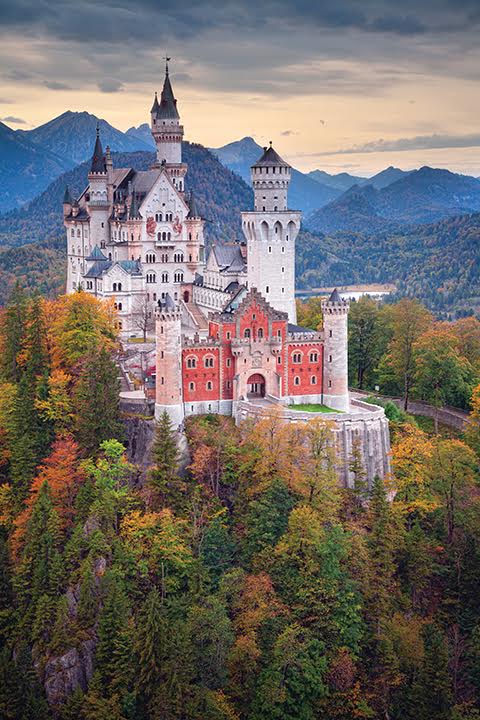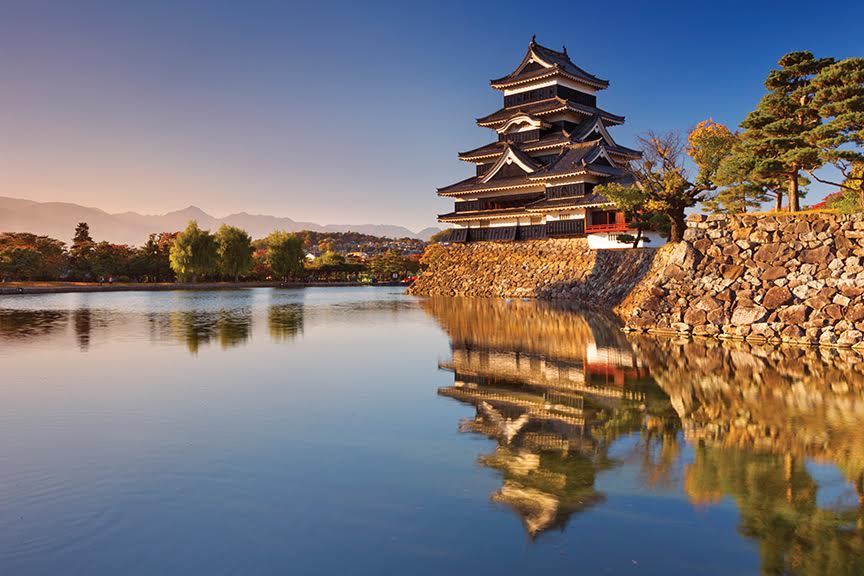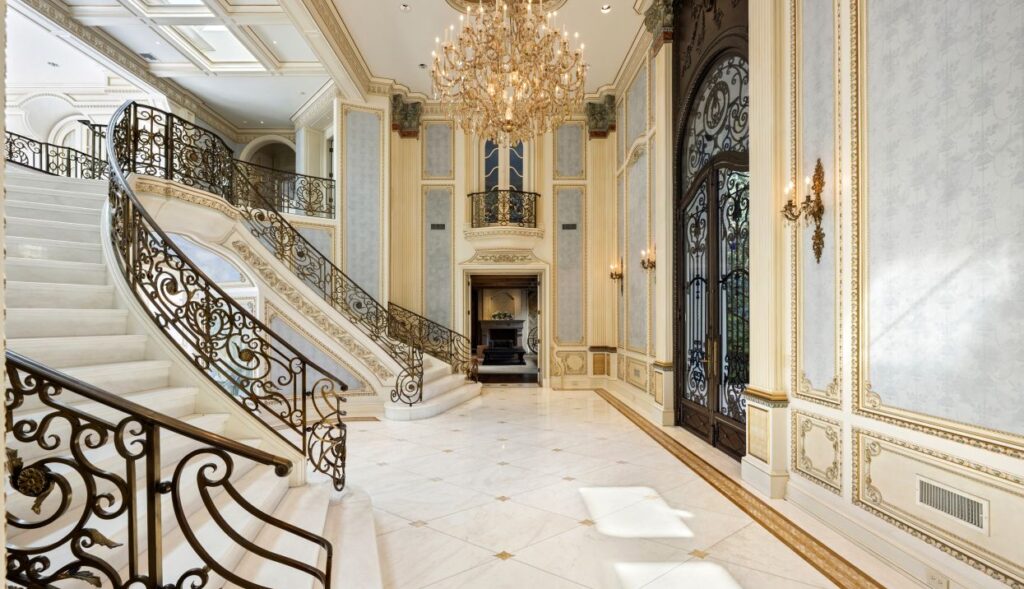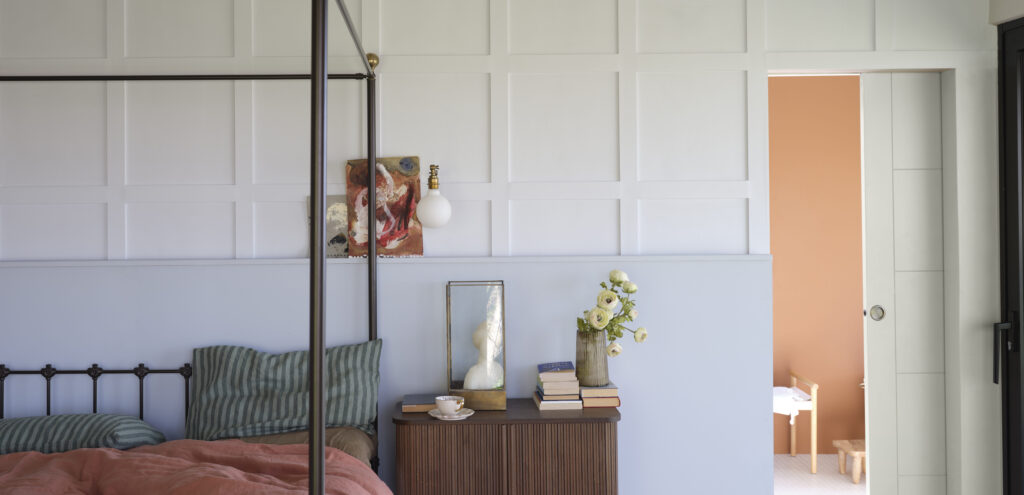Throughout the Middle Ages (and beyond), there was no better display of wealth and power than building a castle. Whether it was intended for relaxation and inspiration or intimidation and protection, the castle has always been an incredible and imposing sight. But much has changed throughout the centuries; those dimly lit, daunting Gothic fortresses have taken on the form of palaces. Eventually, Romanticism in the modern era pushed the galvanization of fantasy castles, the geometry of which is remarkably appealing to the human eye. For lovers of architecture who travel, there is no better bucketlist than marking off the great castles of the world.
Mont Saint-Michel
Location: Normandy, France
Original Construction: 8th Century
Architecture Style: Romanesque
France’s island castle, Mont Saint-Michel, sits off the coast of Normandy. Originally designed as a monastery, Mont Saint-Michel was once a renowned location for Christian pilgrimages, but was later used as a prison during the French Revolution by King Louis XI. Today, the castle has been restored to its original monastic conditions and its visitors can still hear prayers by gathered monks. During the 11th century, Italian architect William of Volpiano was chosen to helm the castle’s first major renovation, a distinctive Romanesque design which was completed by placing a transept crossing atop the mount. To maintain the island’s integrity beneath the enormous castle, various crypts and chapels had to be constructed in order to support its colossal structure.
 Neuschwanstein Castle
Neuschwanstein Castle
Location: Hohenschwangau, Germany
Original Construction: 1886
Architecture Style: Romanesque
Neuschwanstein Castle is one of the most famous fantasy castles to date. The structure was restored by King Ludwig II—a king known for living in a fantasy world beyond reality. King Ludwig II spent a lot of time in the mountains, traveling at night in elaborate coaches and sleighs and sometimes, in historic costume. Above all, he enjoyed private performances of operas and plays, particularly the operas of Richard Wagner. As a result of his inspiration, the operas of Richard Wagner are displayed in various rooms of the castle. Others are painted with scenes from Sigurd, Gudrun, Tristan and Isolde, Parsifal and Tannhauser.
Bodiam Castle
Location: Robertsbridge, East Sussex, England
Original Construction: 1385
Architecture Style: Medieval Romanesque

Popularly referred to as ‘the perfect English castle,’ Bodiam Castle has appeared on everything from tourist brochures to chocolate boxes and is surrounded by its signature moat. In the 14th century, Sir Edward Dalyngrigge received permission to build Bodiam Castle in 1385 to defend this region from French invasion during The Hundred Years’ War. The castle’s structure is unique in that it is one of the few quadrangular castles with chambers on the outer wall and inner courts. The enchanting sandstone façade is one of the best examples of moated, medieval military architecture in England, and its wide (and almost impregnable) design was conceptualized to deny invaders access to the outer walls.
Alcázar de Segovia
Location: Segovia, Spain
Original construction: 1120
Architecture Style: Medieval

The Alcázar is located about an hour outside of Madrid, making for a perfect daytrip. Although near Madrid, this Spanish castle was significantly influenced by the Moors, Muslims from North Africa. Their influence can be seen in the Alcázar gardens—a blend of modern decoration and distinct Moorish influence, and Moorish-inspired towers. Although this castle was originally built during the Medieval Period, the turrets and spiraling towers were renovated during the Romantic Era of the 1800s after a fire in the Alcázar destroyed the roofing, turrets and upper floors. This makes the architecture of the Alcázar an amalgamation of Medieval stone and Romantic fantasy castles.
Matsumoto Castle
Location: Matsumoto, Nagano Prefecture, Japan
Original Construction: 1504
Architecture Style: Renketsushiki

The all-black exterior of the Japanese Matsumoto Castle has long credited the castle as the “Crow Castle.” The castle was built during Japan’s Sengoku period, a time of intense military and political conflict with social upheaval. Unlike many of the European stone castles, Matsumoto Castle is composed of a matchless wooden interior and was not constructed on a hill or mountain. The castle is comprised of six floors including a hidden floor, where Samurai rested and stored supplies. While the backdrop of snow-covered mountains makes this castle beautiful throughout the year, many visitors visit Matsumoto for the charming cherry blossom festivals in mid-April.






